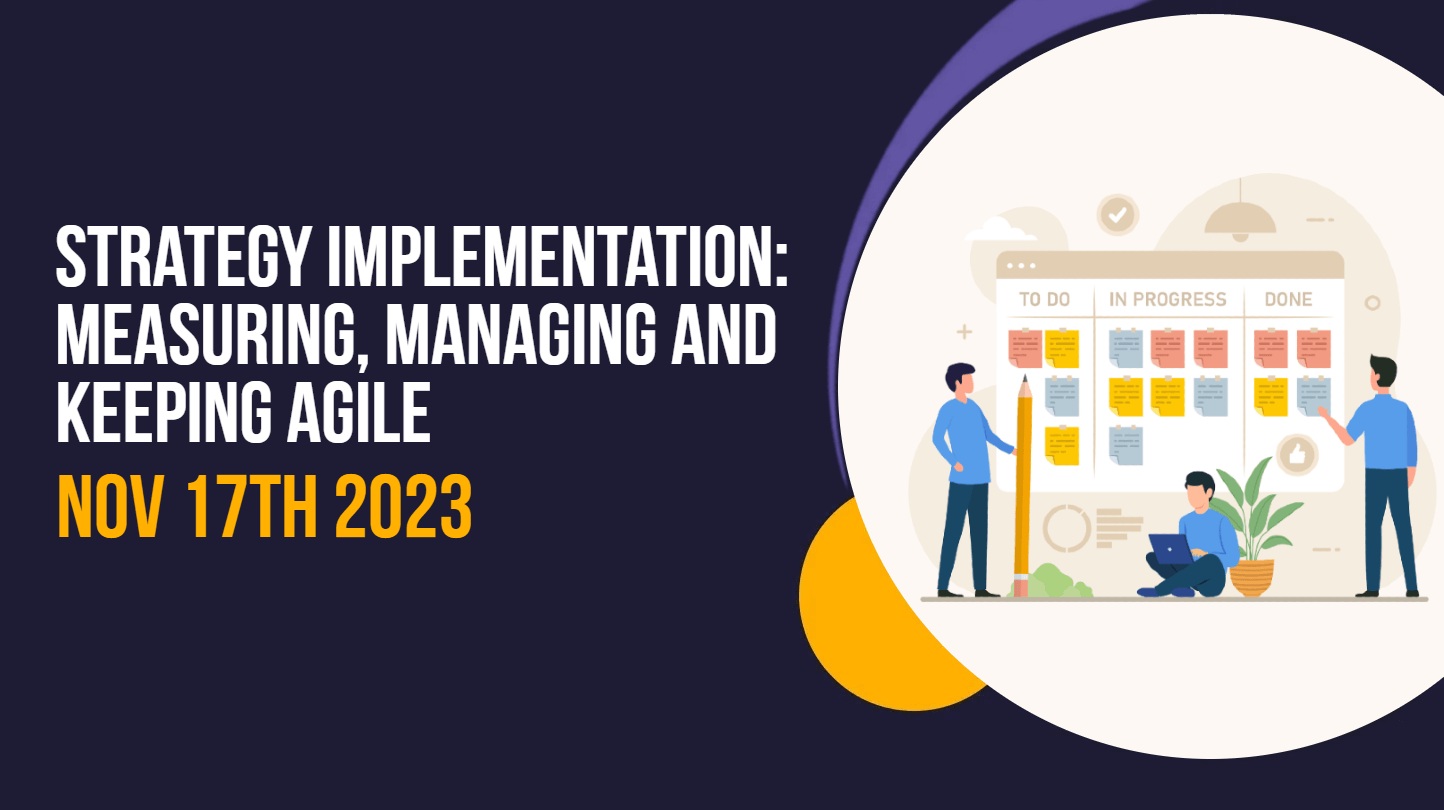
Stop starting and start finishing
Strategy is vital, but without the day-to-day mechanisms in place to ensure that goals are achieved, goals can often become dreams.
Reading Time 3 minutes
A business’s strategy is its North Star. It is the inspirational direction for you and your staff and can emerge in many ways. Sometimes it is born out of the founding principle of the company and other times it is manipulated over time as the direction of your business changes. However, it can often be hard to keep the day-to-day running of your business aligned with the overall strategy.
John McIntyre, founder of HotPMO, specialises in helping businesses reach their overarching goals by ensuring that all work flows in the same direction. On Friday 17 November, McIntyre will be delivering a Help to Grow: Management Alumni Network webinar titled Strategy Implementation: measuring, managing and keeping agile.
How strategy relates to projects
Having a strategy, or blue-sky thinking as McIntyre calls it, is vital as it gives your company a guiding purpose. It is of equal importance internally and externally as your clients and/or customers will judge you for it.
As fantastic as blue-sky thinking is, there still needs to be mechanisms in place to achieve those goals. It is the fine tuning of these mechanisms that McIntyre specialises in:
‘Your projects and initiatives are comprised of the daily actions that allow you to reach your business’s goals. But far too often we don’t have a comprehensive understanding of what those projects are: where the bottlenecks exist, the backlog of work within the business, and what every other team is doing.’
McIntyre says that some of the clients he has previously worked with were close to losing business due to them not efficiently managing their workload. He argues that the way to solve this problem is to start making workflows visible.
‘Transparency across all workflows should be a must unless there is a good reason. Visibility will improve levels of respect, collaboration, self-organisation, and give the business the tools to start making data-led decisions.’
McIntyre argues that if you can catalogue a team’s workflow, you can start to see if it is beyond their capacity to complete. If it is beyond their capacity to complete within the deadlines the strategy has laid out, then it may be worth adding addition resources or discontinuing the project. McIntyre says that these types of data-led decisions will be the difference between a strategy being a goal and a dream.
Kanban
In Japanese, Kanban simply means signboard. It refers to a method of managing work items by visualising them on a board from start to finish. McIntyre says that this is one of the most powerful tools for making workflows visible and that he relies on them in all their forms to manage projects. Examples include Trello and ResourceGuru,
‘Kanban boards for an individual team are a great place to start. Use them to manage a simple process, one team at a time, and your business will see an immediate benefit. Once you’ve started gathering all the data from those Kanban boards, you can sit your senior leadership team down and figure out what’s missing to achieve your goals.’
McIntyre stresses the point that implementing good practices will not change the way the business is run. The projects each team are undertaking won’t change, just the process. He says that businesses need to stop starting and start finishing the projects they already have if they want sustainable growth.
On Friday 17 November, John McIntyre will be delivering a Help to Grow: Management Alumni Network webinar titled Strategy Implementation: measuring, managing and keeping agile. Find out more and register.
Latest articles
Find Out More


Don’t forget, multiple participants can now join the course
Two leaders or senior managers from a business with 10 to 249 employees can now attend the 12 modules of learning and get the benefits of one-to-one mentorship.








